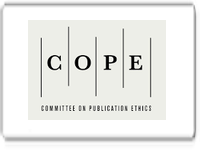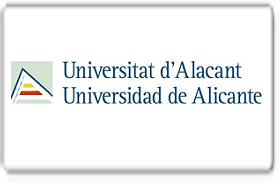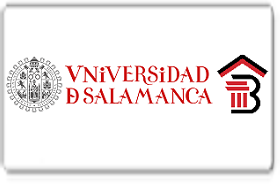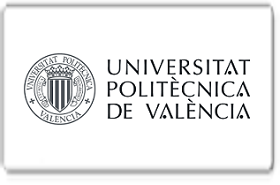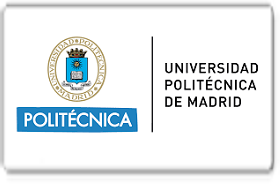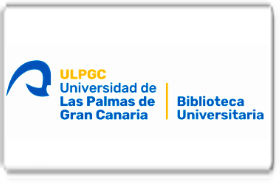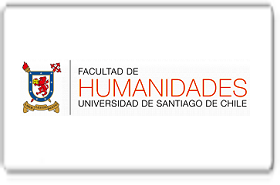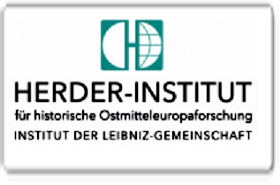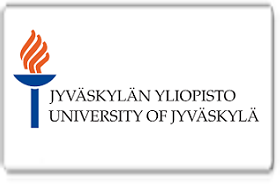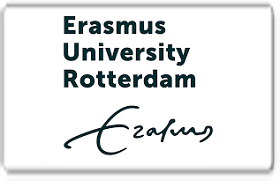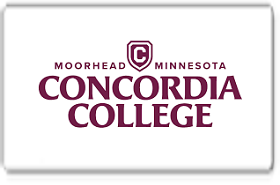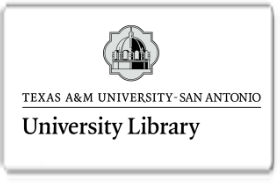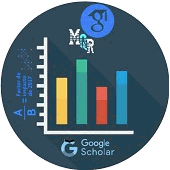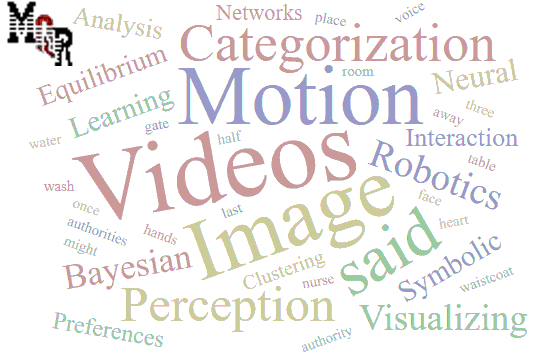Análisis del uso de la lengua materna en clases de inglés y sus efectos en la producción escrita
DOI:
https://doi.org/10.56048/MQR20225.8.3.2024.195-214Palabras clave:
inglés; enfoque; L1; lenguaje escrito (Palabras tomadas de ERIC Tesauro Europeo de Educación)Resumen
Enseñar inglés como lengua extranjera no es una tarea fácil de emprender. Muchos enfoques postulan la estrategia óptima para una mejor enseñanza. Por ejemplo, numerosos investigadores en el campo de la enseñanza y el aprendizaje de idiomas creen que el uso de la lengua materna en las aulas de inglés ayuda a facilitar el aprendizaje. Sin embargo, un número significativo de investigadores argumenta que el uso de la lengua materna en las aulas de inglés dificulta el aprendizaje y priva a los estudiantes de la exposición a la segunda lengua.
En esta área, el concepto de translanguaging emerge como un enfoque y la necesidad de investigar el uso de la lengua materna en las clases de inglés y sus efectos en la producción escrita. La investigación se ha desarrollado con estudiantes de alrededor de 8-9 años. Ellos han tenido dificultades al escribir porque necesitan usar su lengua materna para aclaraciones y confirmaciones.
Los resultados demuestran que, el uso de la lengua materna en el grupo de control para instrucciones o aclaraciones fue posible, pero los estudiantes no se sentían seguros al momento de desarrollar la actividad de escritura; el grupo de control necesitó más tiempo para desarrollar la actividad de escritura mientras que en el grupo experimental, cuando los estudiantes aclaraban conceptos o instrucciones en su lengua materna, podían terminar la tarea a tiempo. Sin embargo, el uso de la lengua materna debe ser planificado, no para toda la clase o todas las instrucciones, solo cuando sea necesario a lo largo de la lección.
Los hallazgos sugieren que hay implicaciones y desafíos que enfrentan los maestros y los estudiantes al usar la lengua materna en las aulas de EFL y la transferencia negativa que podría ocurrir al usar el translanguaging.
Descargas
Métricas
Cited
DOI: 10.56048![]()
Citas
Adil, M. (2019). Practical Application of Learners’ First Language to Teaching Meaning in EFL Classes: A Case Study Conducted in the Department of English at King Khalid University. Arab World English Journal, Special Issue: The Dynamics of EFL in Saudi Arabia., 170–187. DOI:10.2139/ssrn.3512525
Aithal, V. (Ed.). (2023). When is it OK to use students’ L1 in the English classroom? www.cambridge.org.
Almoayidi, K. A. (2018). The effectiveness of using L1 in second language classrooms: A controversial issue. Theory and Practice in Language Studies, 8(4), 375. https://doi.org/10.17507/tpls.0804.02
Auerbach, E. R. (1993). Re-examining English only in the ESL classroom. TESOL Quarterly, 27(1), 9-32. https://doi.org/10.2307/3586949
Antón, M., & Dicamilla F. J. (1999). Socio-cognitive functions of L1 collaborative interaction in the L2 classroom. The Modern Language Journal, 83 (2), 233-247.
Bereiter, C., & Scardamalia, M. (1987). The psychology of written composition. Lawrence Erlbaum Associates, Inc. https://doi.org/10.4324/9780203812310
Cambridge University Press. (2019). The use of L1 in English language teaching. Cambridge papers in ELT. https://languageresearch.cambridge.org/images/CambridgePapersInELT_UseOfL1_2019_ONLINE.pdf
Centeno-Cortes, B. & Jimenez, A. (2004). Problem-solving tasks in a foreign language: The importance of the L1 in private verbal thinking. International Journal of Applied Linguistics, 14, 7-35. DOI:10.1111/j.1473-4192.2004.00052.x
Cenoz, J., & Gorter, D. (2020). Teaching English through pedagogical translanguaging. wileyonlinelibrary.com/journal/weng. https://doi.org/10.1111/weng.12462
Cook, V. (2001). Using the first language in the classroom. Canadian Modern Language Review, 57(3), 403-423. https://doi.org/10.3138/cmlr.57.3.402
Cook, V. (2005). Basing teaching on the L2 user. In E. Llurda (Ed.), Non-native language teachers: Perceptions, challenges and contributions to the profession (pp. 47-62). New York: Springer. https://doi.org/10.1007/0-387-24565-0_4
Cook, V. (Ed.). (2002). Portraits of the L2 user. Clevedon: Multilingual Matters.
Ellis, R. (2008). The Study of Second Language Acquisition. Oxford: Oxford University Press.
Garcia, O., Ibarra, J., & Seltzer, K. (2017). The translanguaging classroom: Leveraging student bilingualism for learning. EuroAmerican Journal of Applied Linguistics and Languages. https://doi.org/DOIhttp://dx.doi.org/10.21283/2376905X.9.165
Hanif, H. (2020). The role of L1 in an EFL classroom. https://languagescholar.leeds.ac.uk/the-role-of-l1-in-an-efl-classroom/.
Hashoongo, M. (2/2022). AN INVESTIGATION ON THE EFFECTS OF TRANSLANGUAGING PRACTICES IN A GRADE 11 BILINGUAL CLASSROOM. https://ir.nust.na/server/api/core/bitstreams/65f49ede-52e0-4c86-a451-6c929b156b0c/content
Hernandez, M., & Torres, F.L., & Glenn, W.J. (2020) Centering Immigrant Youth Voices: Writing as Counter Storytelling. English Journal. High School Edition:Urbana Vol. 109, Iss. 5, (May 2020): 35-42.
Kebort, L. (2021). Translanguaging Writing Strategies for the High School Classroom and Low-Level Literacy EL Students. Hamline University Digital Commons@Hamline. https://digitalcommons.hamline.edu/cgi/viewcontent.cgi?article=1764&context=hse_cp
Krashen, S. (1981). Second Language Acquisition and Second Language Learning. Oxford: Pergamon.
Krashen, S. (1982). Principles and practice in second language acquisition.
Iida, T. (2014). A study on the roles of L1 and L2 in foreign language classroom ―― Language awareness, Language planning, and Translanguaging ――. file:///C:/Users/johan/Downloads/AN10052143-20140714-1.pdf, 31.
Levine, G. (2012). Principles for code choice in the foreign language classroom: A focus on grammaring. journals.cambridge.org. https://doi.org/10.1017/S0261444811000498
Lewis, G., Jones, B., & Baker, C. (2012). Translanguaging: origins and development from school to street and beyond. Educational Research and Evaluation. https://doi.org/10.1080/13803611.2012.718488
Macaro, E. (2001). Analyzing student teachers’ code-switching in foreign language classrooms: Theories and decision making. The Modern Language Journal 85.4, 531–548.
McCracken, M. (2018). Translanguaging as a tool to preserve L1 languages and promote multilingualism. https://scholarlypublications.universiteitleiden.nl/access/item%3A2721332/view.
McLaughlin, K. (2022, enero 12). Translanguaging as part of the writing process. NWEA Teach. Learn. Grow. The education blog. https://www.nwea.org/blog/2022/translanguaging-as-part-of-the-writing-process/
Mcleod, S. (2024, January 2). Vygotsky’s Zone Of Proximal Development And Scaffolding Theory. Simplypsychology.org. https://www.simplypsychology.org/zone-of-proximal-development.html#Examples-of-ZPD
Rhalmi, M. (2023, May 31). Unraveling The Power Of Krashen’s Theory: Exploring Second Language Acquisition. Myenglishpages.com. https://www.myenglishpages.com/blog/krashens-theory-of-second-language-acquisition/
Richards, J & Rodgers, T (2001). Approaches and Methods in Language Teaching. Cambridge University Press. https://doi.org/10.1017/CBO9780511667305.001
Simasiku, L., Kasanda, C., & Smith, T. (2015). Can Code – switching Enhance Learners’ Academic Achievement. English Language Teaching, 8(2), 70-77. dio:10.5539/elt.v8n2p70
Simasiku, L. (2016). The Impact of Code Switching on Learners’ participation during classroom Practice. Studies in English Language Teaching, 157-167. Retrieved from www.scholink.org/ojs/index.php/selt
Storch, N., & Wigglesworth, G. (2003). Is there a role for the use of the L1 in an L2 setting?. TESOL Quarterly, 37, 760-769.
Storch, N., & Wigglesworth, G. (2007). Writing tasks: The effects of collaboration. In M.P. García Mayo (Ed.), Investigating tasks in formal language learning (pp. 157-177). London, UK; Multilingual Matters.
Teemant, A. & Pinnegar, S. E. (2019). The Interdependence Hypothesis: Jigsaw Reading B1. In B. Allman (Ed.), Principles of Language Acquisition. EdTech Books. https://edtechbooks.org/language_acquisition/jigsaw_reading_d
Ticheloven, A., Blom, E., Leseman, P.,& McMonagle. S. (2019). Translangauging challenges in A Multilingual Classroom: Scholar, teachers and student perspective. International Journal of Multilingualism, 8 (3), 1-24.
Turnbull, M., & Arnett, K. (2001). Teachers’ uses of the target and first languages in second and foreign language classroom. Annual Review of Applied Linguistics, 22, 204-218. https://doi.org/10.1017/s0267190502000119
Velasco, P., & García, O. (2014). Translanguaging and the Writing of Bilingual Learners. Bilingual Research Journal: The Journal of the National Association for Bilingual Education. https://doi.org/10.1080/15235882.2014.893270
Williams, C. (2002). Extending bilingualism in the education system. Education and Lifelong Learning Committee Report. National Assembly for Wales. Retrieved from http://www.assemblywales.org/3C91C7AF00023D820000595000000000. pdf.
Yigzaw, A. (2012). Impact of L1 Use in L2 English Writing Classes. Ethiopia Journal of Education and Science, 8 (1), pp. 11- 27
Zhang, M. (2018). Collaborative Writing in the EFL Classroom: The Effects of L1 and L2 Use. 76. https://doi.org/10.1016/j.system.2018.04.009
Publicado
Cómo citar
Número
Sección
Categorías
Licencia

Esta obra está bajo una licencia internacional Creative Commons Atribución 4.0.
Los autores se comprometen a respetar la información académica de otros autores, y a ceder los derechos de autor a la Revista MQRInvestigar, para que el artículo pueda ser editado, publicado y distribuido. El contenido de los artículos científicos y de las publicaciones que aparecen en la revista es responsabilidad exclusiva de sus autores. La distribución de los artículos publicados se realiza bajo una licencia 


















